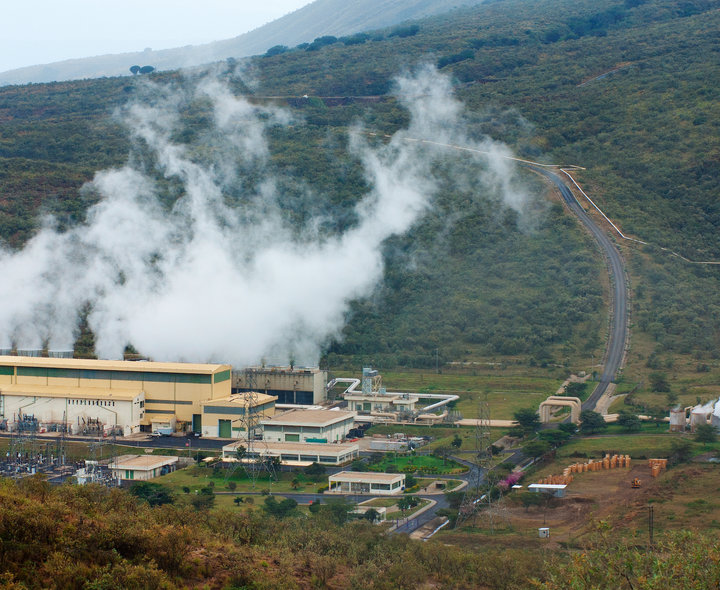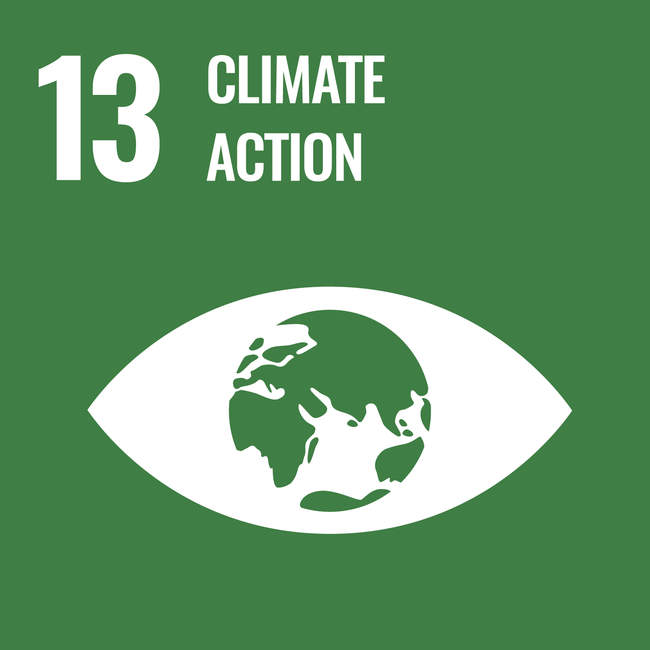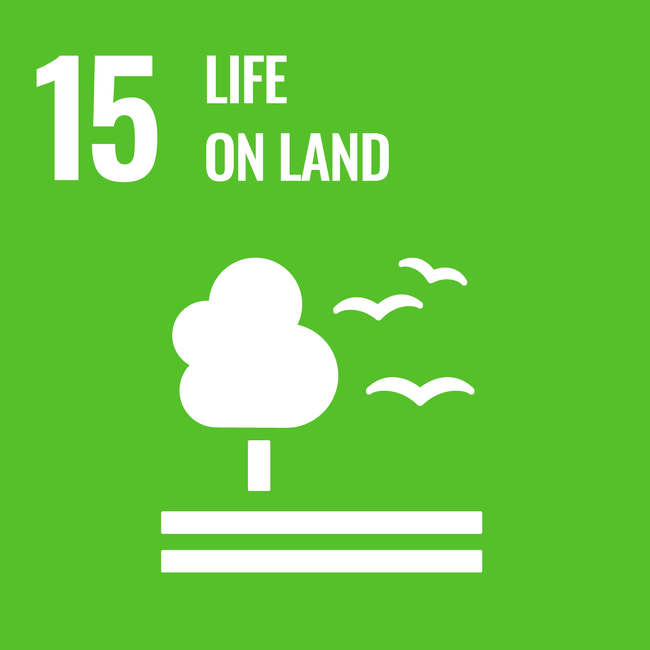We focus on the things that matter
Our planet performance snapshot highlights our biggest achievements from the past year.
Read more on our planet performance snapshot HERE.
We are driving emissions reductions
- Our scope 1 and 2 GHG emissions decreased by 28.3% from our 2019 base year.
- Our scope 1 and 2 emissions intensity decreased by 33.0% compared to the 2019 base year.
- Our increase in sales and the product mix led to an 85.0% increase in our scope 3 emissions from our 2019 base year.
- Our renewable energy increased 14.6% from our 2019 base year.
We are reducing our environmental footprint
- We reduced the volume of waste generated by Baker Hughes by 7.9% compared to our 2022 base year.
- We reduced our significant spills volume and chemical spills by 35.3% and 70.9%, respectively, compared to 2022.
- Our total water withdrawal decreased by 7.2% to 2,984.4 Megaliters (ML) in 2023 from 3,214.3 ML in our 2022 base year.
- The majority of species (275 out of 433) were categorized as least concern through the IUCN Red List.
We are enabling our customers to be sustainable
- By completing Lifecycle Assessments before product launch, we provide the transparency our customers need to be successful in a low-carbon world.
- We are investing in sustainable energy technology, including hydrogen, geothermal, and CCUS, to advance long-term solutions for a lower-carbon era. We are growing our new energy portfolio and orders totaling $0.6 billion for Industrial and Energy Technology and $0.2 billion for Oilfield Services and Equipment.
- In March 2023, we announced a memorandum of understanding with Ecopetrol to foster the use of geothermal energy in Colombia.
Our aim is to achieve net-zero scope 1 and 2 emissions by 2050, with an interim goal of reducing emissions by 50% by 2030.
We remain committed to reduce our customers operational emissions, which is why we are working to deliver innovative solutions to lower our scope 3 emissions by 2033.
おすすめ

We continued to make strides in reducing our scope 1 and 2 emissions in 2023, but we know we cannot help our customers meet their net zero goals without addressing our own scope 3 emissions.
おすすめ

We are committed to minimizing the environmental impact across our facilities, through the services we provide at our customer sites, and in the communities where we operate.
おすすめ
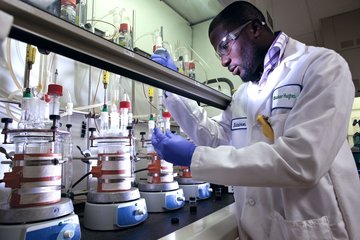
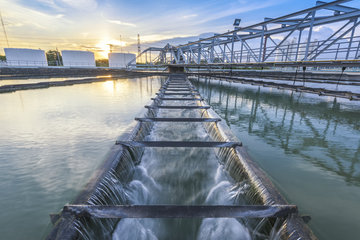
As a company, we focus on addressing the root causes of spills through proactive measures, such as risk assessments, spill response planning, and regular preventative maintenance on equipment.
おすすめ
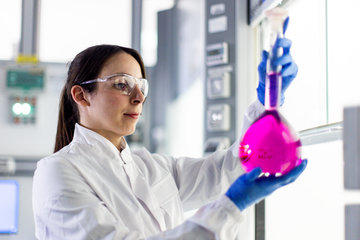
Emissions reduction roadmap for successfully reaching our goals
Our sustainability strategy was developed to guide our transformation to bring our scope 1 and 2 emissions to net zero by 2050. By working collaboratively with employees across our business, we created an emissions reduction roadmap aimed at driving emissions out of our full value chain.
Ambition
Science-based targets aligned to achieving global net-zero by no later than 2050 and limiting warming to 1.5°C
Governance
Oversight and accountability for net-zero integrated in our operations
Corporate strategy
Embedded and aligned net-zero into company strategy
Enterprise transformation
Key operating model consideration in support of transformation
Supply chain
Transformed net-zero supply chain to build a low carbon ecosystem
Innovation
Developed innovation and technologies to deliver net-zero
Finance
Substantial commitment and willingness to finance net-zero transformation
Transparency
Communicating action and providing balanced information on progress against net-zero ambition
Engagement
Enhancing the pace and scale of net-zero action through engaging with and influencing stakeholders across ecosystem
Scope 1 and 2 emissions reductions
We continued to focus on operational efficiency, facilities energy efficiency, fleet electrification, and renewable and nuclear energy in 2023. These key strategic levers served as our guideposts in identifying projects that will drive down our direct and indirect emissions while improving our performance.

*Values are rounded to nearest whole number for reporting.
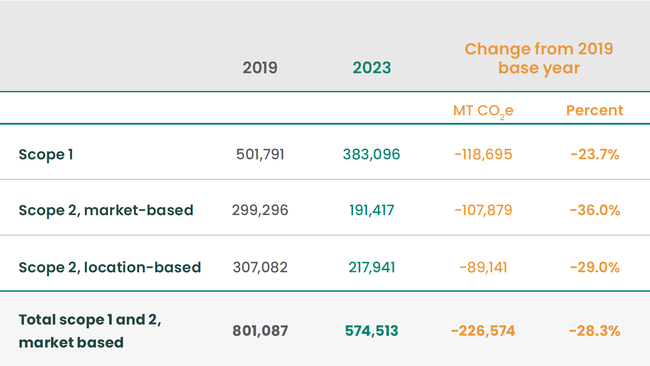
Transitioning to renewables
In 2023, we continued our transition away from grid electricity powered by fossil fuels to renewable and non-emissive energy, where possible. Our emissions reduction strategy maintains the adoption of Renewable Energy Credits, Renewable Energy Guarantees of Origins, Zero Emissions Certificates or Environmental Attribute Certificates that come from a local market of electricity or Power Purchase Agreements.
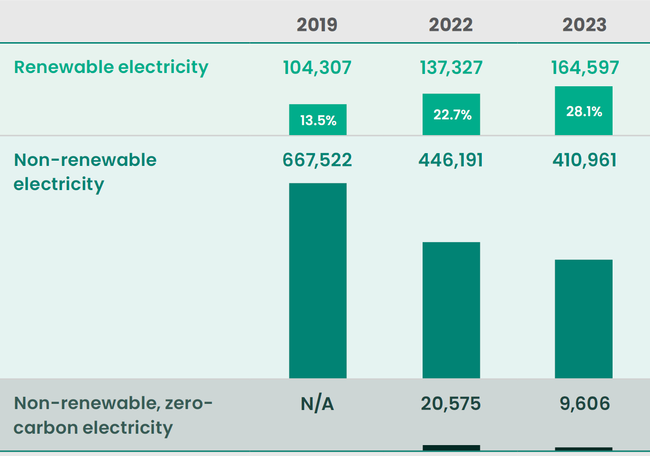
We support nature-based climate and technology solutions to address emissions reduction. However, we have not and will not be using carbon offsets in our short- or mid-term sustainability goals.
Creating a roadmap to navigate the challenges of scope 3
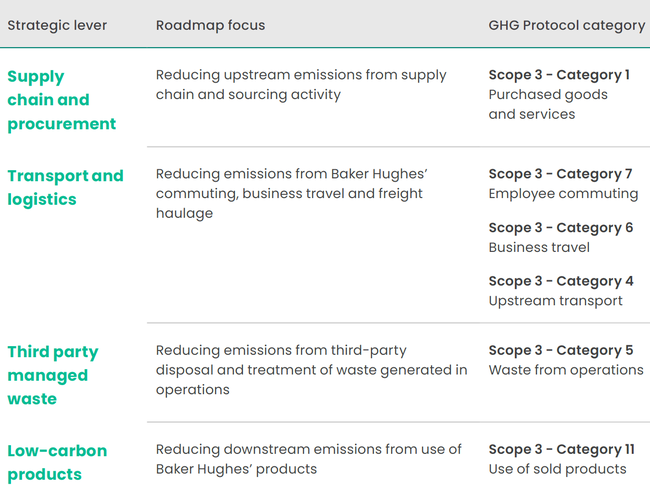
The development of our scope 3 roadmap was influenced by stakeholders across the Company. The generation of projects and ideas is employee-driven and implemented through the power and enthusiasm of our newly launched scope 3 specific Carbon Out program.
Scope 3 emissions
Near-term scope 3 emissions targets and time-bound emissions reduction roadmaps were built by subject matter experts across the value chain, resulting in well-informed and actionable plans in 2023.
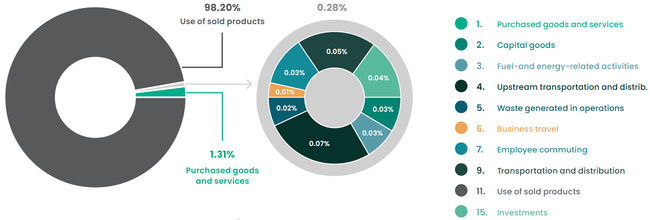
*Due to rounding of displayed values, total percentage does not equal 100%.
Managing waste
Effective waste management is critical to sustainability and our operations. We aim to embed the principles of a circular economy in all aspects of our business. This means minimizing the materials and energy used during all production phases, reducing waste, and increasing recycling.
As part of our waste management program, we review and verify our waste management vendors for disposal, recycling, and treatment to verify these vendors comply with our strict waste management requirements.
In addition, throughout 2023 experts in waste operations formed cross-business working groups focused on identifying opportunities for waste reduction. Waste checklists were created and piloted at top waste contributing sites with plans to replicate throughout the rest of the Company.

*Units in metric tons
Reducing spills
We are transparent in how spills are reported and tracked to identify potential trends or areas of focus. Our sites are required to report every spill and categorize accurately, regardless of the volume and if the contents were captured in secondary containment.
Spill volume reduced by
35.3%
Significant spills
62.2%
Oil spills
66.7%
Fuel spills
100%
Waste spills
70.9%
Chemical spills
Water stewardship
Responsible water stewardship and the protection of water stressed areas helps mitigate the adverse effects of climate change. As an organization, we are committed to conserving and protecting natural resources throughout the water cycle and effectively managing our withdrawal, consumption, and water discharge in water-stressed locations and elsewhere.
Many of our operations and tests require the withdrawal and consumption of water. Still, due to the nature of our operations, it does not significantly impact water availability in the regions where we operate.
To achieve our objective of minimizing the resources we use, we have committed to reducing our usage of water in our water-stressed sites by 2030.

Protecting biodiversity and natural capital
We are committed to minimizing our adverse impacts on biodiversity, protected areas, and areas of significant biological value at or near all our operational sites. We endeavor to minimize our environmental footprint, conserve natural habitats, and protect and restore ecosystems through nature-based projects. Our conservation efforts focus on internal standards for establishing sites in new areas, sound environmental practices throughout our existing operations, employee volunteer efforts, and foundation grants to support environmental efforts.
As part of our commitment to biodiversity, our strategy aims to assess 100% of sites on biodiversity risk by 2030 and implement risk management programs for any identified high-risk sites. In 2023, we started training and awareness initiatives to progress this, with more engagements planned to achieve our strategic outcome.
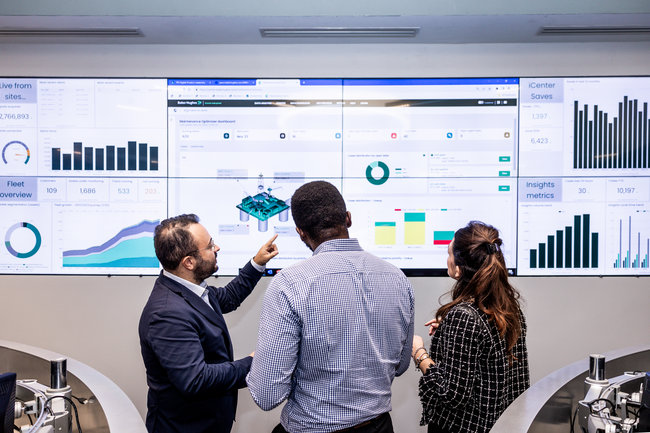
Completing lifecycle assessments for >95% of our most emission intensive products by 2026
FastLCA is our proprietary tool used to quantify the environmental footprint throughout all lifecycle stages of our products and services. The tool is aligned to ISO 14040/44 and ISO 14067:2018 and provides our customers verified GHG emissions footprint of the assessed products and/or systems.
Emissions abatement for our value chain
Baker Hughes has more than 40 proven emissions management technologies that result in emission reduction, with solutions available from the reservoir to midstream and downstream. This includes gas technology solutions and upgrades that can extend equipment life, enhancing availability and performance while contributing to further emissions reductions.
In 2023, we continued to focus on enhancing equipment efficiency, starting from the design phase, including looking at innovative materials for manufacturing, because increased efficiency ultimately leads to less emissions. At Baker Hughes, we are committed to doing our part by reducing potential methane leaks across the upstream, midstream and downstream gas value chain.
Task Force on Climate-Related Financial Disclosures
At Baker Hughes, we recognize the challenges of climate change, but we also see the opportunities for growth that stem from a resource-constrained but innovative world. To position ourselves for long-term success, our business, in accordance with the Task Force on Climate-Related Financial Disclosures (TCFD) recommendations, developed quantitative analyses of physical and transition risk due to climate change. These analyses helped provide more insight on diverse implications of changing climate on our business over three time horizons: short-term (5 years), medium-term (5-10 years), and long-term (beyond 10 years).
Sponsorship of the United Nations (UN) 28th Conference of Parties (COP28)
Climate change is a real and existential challenge of our time. We see its effects impacting the global economy and how we live daily. The global stocktake completed in 2023 by the UN COP28 underscored the importance of action meeting stated emission reduction ambitions. The urgency to act has never been clearer. Our sponsorship of COP28 is a testament to our commitment to emissions reduction and supporting a more sustainable, resilient energy future.
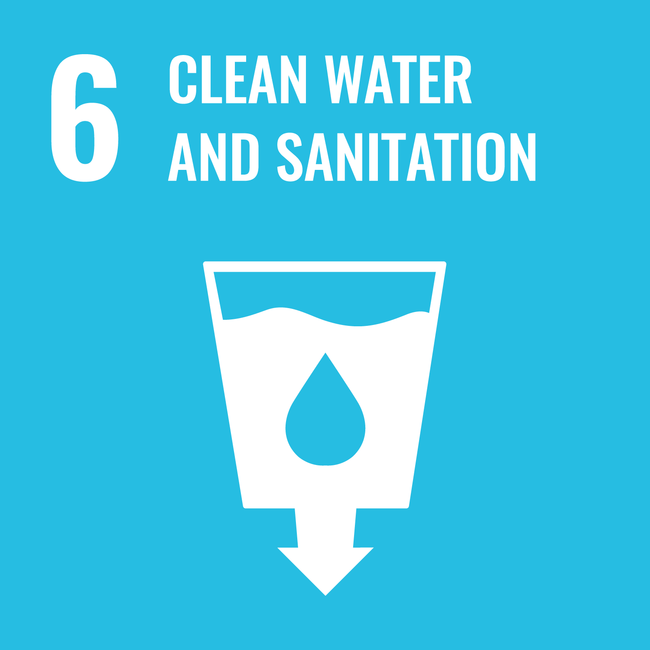
Reducing spills at our sites by 2035
In 2023, we inspected ~98% of tanks at our sites and repaired all deficiencies found and performed preventative maintenance. These routine inspections serve a vital role as they protect our employees, sites and communities from possible water contamination and the release of hazardous substances.
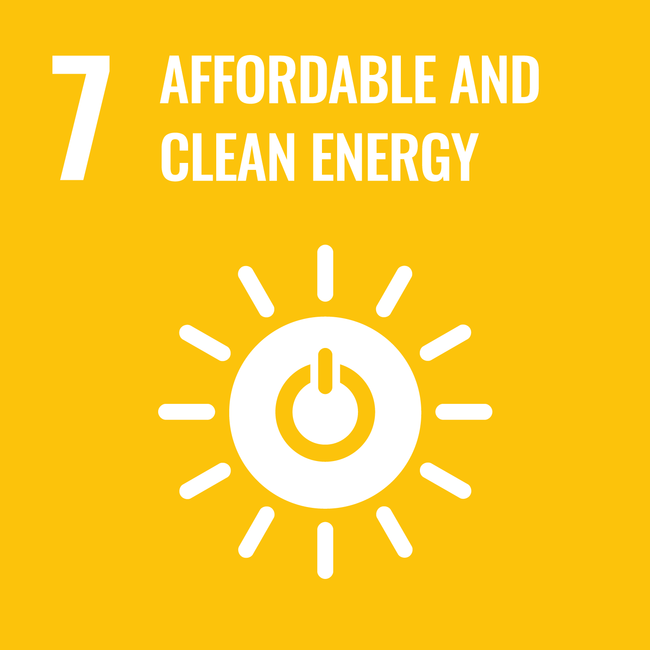
Low carbon solutions
We have made strategic investments in Baseload Capital, an entity that funds the deployment of geothermal heat and power and lays the groundwork for funding opportunities for development and operation while propelling next-generation geothermal technologies from pilot stages to commercial scale. Read more on page 93 of our Corporate Sustainability Report.
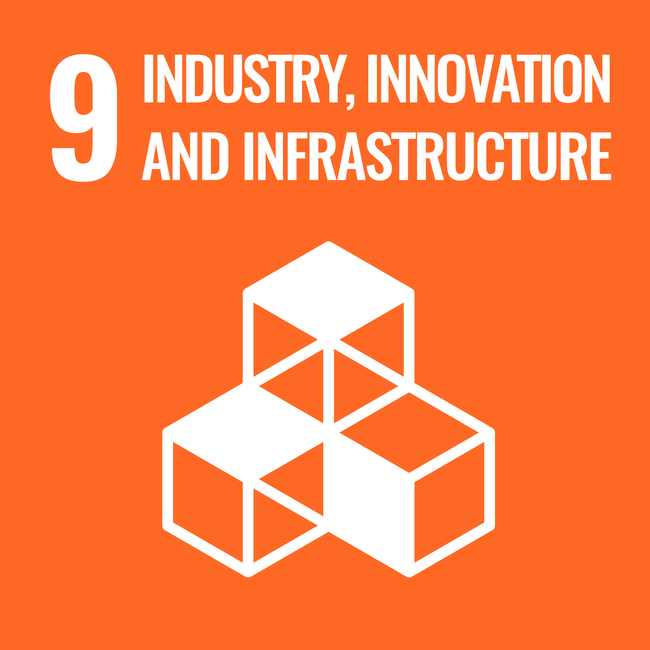
Reducing emissions
In Brazil, our team led a project to decrease our emissions on our Blue Marlin vessel utilizing variable frequency. Variable frequency maximizes fuel efficiency by rotating the propeller at a slower, variable rate, thereby burning less fuel and reducing emissions by ~14%.
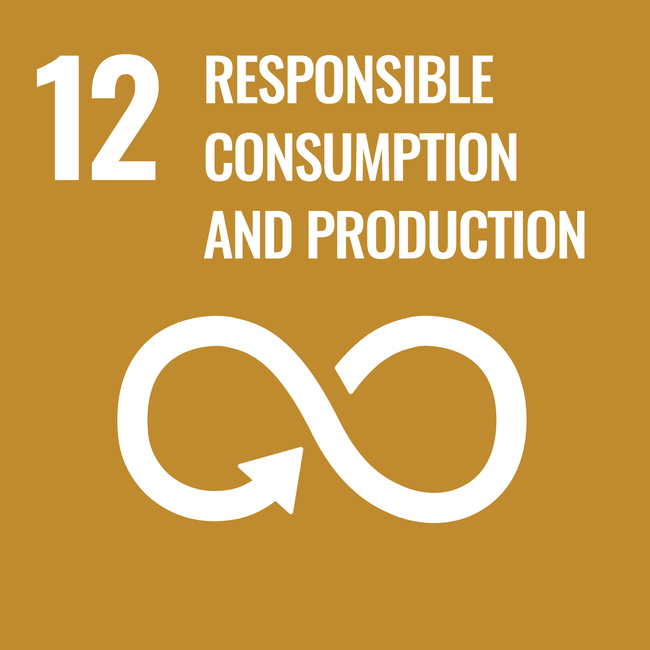
Circularity through additive manufacturing
We utilize additive manufacturing to reduce material consumption, shipping distances, improve the overall efficiency of production and the supply chain process. Also, additive manufacturing gives us the possibility to extend the life of obsolete products and even to upgrade old products’ features.
For more information
Click on one of the links below to learn more about Planet:
Carbon Offsets Policy Statement


